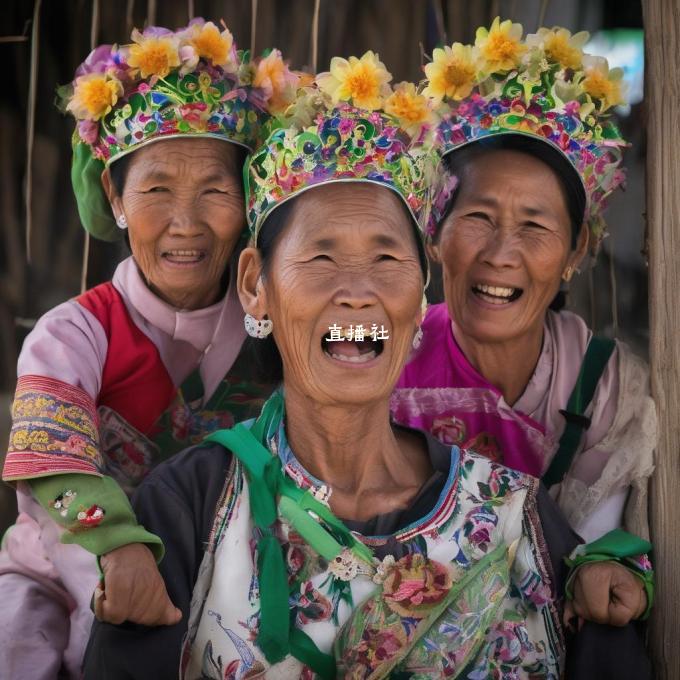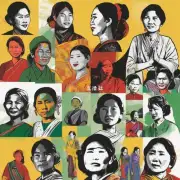缅甸女性如何表达情感?
池桂英
共创美的前程,共度美的人生。
Emotional expression in Burmese women
Burmese women have a rich and complex emotional expression tradition that goes beyond verbal communication. They rely heavily on nonverbal cues, gestures, and facial expressions to convey their emotions.
Nonverbal cues:
- Eyes: Eye contact is highly valued in Burmese culture, and eye contact is seen as a sign of sincerity and genuineness.
- Facial expressions: Facial expressions are used to express a wide range of emotions, from happiness and joy to sadness and anger.
- Body language: Body language, such as posture, gestures, and facial expressions, is also an important way for women to express their emotions.
Gestures:
- Touching: Touch is a significant way for women to connect with each other and express emotions.
- Finger pointing: Finger pointing is a common gesture used to express agreement, disapproval, or a lack of interest.
- Eye contact: Eye contact is used in both social and intimate interactions to show attentiveness and engagement.
Facial expressions:
- Smiling: A genuine smile is considered a sign of happiness and contentment.
- Smirking: Smirking is used to express amusement or a sense of humor.
- Squinting: Squinting is a sign of concentration or a defensive gesture.
- Frowning: Frowning is used to express sadness, anger, or disappointment.
Other nonverbal cues:
- Body language: Women use their body language to communicate emotions such as tension, relaxation, and anxiety.
- Clothing: Burmese women often wear loose, flowing clothing that allows for breathability and expression of emotions.
- Music: Music plays an important role in emotional expression, with certain melodies and rhythms associated with specific emotions.
Conclusion:
Emotional expression in Burmese women is a multifaceted and nuanced process that goes beyond verbal communication. They rely heavily on nonverbal cues, gestures, and facial expressions to convey their emotions, reflecting their cultural values and social norms.





